Child Safety in the Smart Home Era

In today's digital age, smart homes equipped with Internet of Things (IoT) devices offer unprecedented convenience and automation. However, as these devices become more integrated into our daily lives, concerns about child safety in the smart home environment have emerged. This article delves into the potential risks children face and provides guidelines for ensuring their safety.

Table of Contents
- The Rise of the Smart Home
- Potential Risks for Children
- Implementing Parental Controls
- Age-Appropriate Device Usage
- Educating Children About Digital Safety
- Conclusion
1. The Rise of the Smart Home
Smart homes, equipped with interconnected devices like smart thermostats, cameras, and voice assistants, have transformed the way families live. While these devices offer convenience, they also introduce new challenges in ensuring child safety.
2. Potential Risks for Children
- Unsupervised Access: Children might access inappropriate content or make unintended purchases using smart devices.
- Data Privacy: Devices could collect data about children's habits, preferences, and routines.
- Physical Safety: Some devices, like smart ovens or locks, could pose physical risks if misused by children.
3. Implementing Parental Controls
- Device Restrictions: Use built-in settings to restrict content, set usage limits, and prevent unintended purchases.
- Monitoring Tools: Employ apps or software that allow parents to monitor device usage and receive alerts for suspicious activity.
- Safe Zones: Designate areas in the home where smart devices are not accessible to younger children.
4. Age-Appropriate Device Usage
- Toddlers and Preschoolers: Limit exposure and ensure any interaction is supervised. Use devices with child-friendly content.
- Elementary School Children: Introduce basic digital safety rules and set clear boundaries for device usage.
- Teenagers: Discuss online privacy, the risks of sharing personal information, and the importance of strong passwords.
5. Educating Children About Digital Safety
- Open Dialogue: Regularly discuss the benefits and risks of smart devices with children.
- Role Modeling: Demonstrate appropriate device usage and digital safety practices.
- Educational Resources: Utilize books, online resources, and workshops to educate children about digital safety.
6. Conclusion
While smart homes offer numerous benefits, they also introduce new challenges in ensuring child safety. By implementing robust parental controls, setting age-appropriate boundaries, and educating children about digital safety, parents can create a secure smart home environment for their families.






